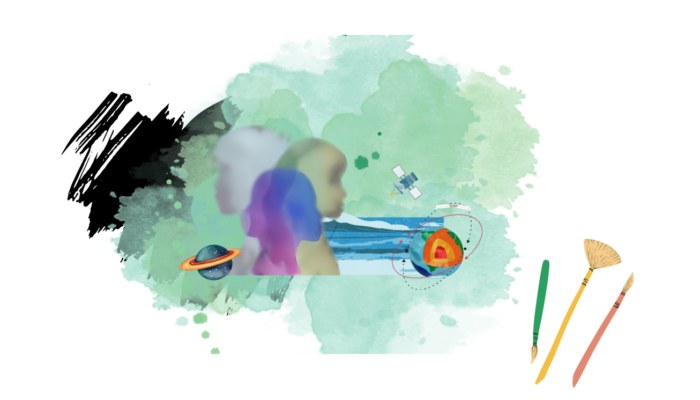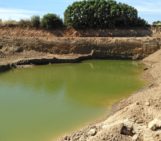
Think of a geodesist. What names come up in you? What do they look like? Do they have glasses? Is their hair short or long, grey or blonde? What’s their country of origin? Can you imagine them wearing a dress? And how come so many of them run marathons? I’m joking, but hopefully you get the picture. Geodesists, especially the ones in power positions, are not the most diverse bunch of people. Since the times of people like Carl Friedrich Gauss and Friedrich Robert Helmert, the image of the “typical geodesist” has not changed much.
That’s an issue! Geodesy is a relatively small and often underrated discipline that struggles to attract new recruits. Usually, we think that increasing visibility in our field is the way to find more geodetic apprentices. But even if a young person leaving school discovers their passion for geodesy, it happens often enough that they leave the discipline early. Geodesy can be a difficult place for people who don’t fit the prevailing white, male, cishet, neurotypical stereotype. It’s time to change that!
In this new series, we want to expand the picture by highlighting stories about geodesists of all flavours. Male, female, trans and non-binary. Black, brown, white, Latinx and all people of colour. Queer and cishet. Neurotypical, AD(H)D, autism, dyslexia, dyscalculia, PTSD and epilepsy. Abled and disabled. From academic and non-academic families. Let’s discover together the full spectrum of people who share our love for fancy measurement systems, gravity, and reference frames!
For this, we need you! Do you recognise yourself somewhere in the list above, or in something that is not mentioned? Do you identify as a geodesist, independent of your education? Did you ever feel like the only one of your kind in a uniform group of people? Would you like to tell your story? Then please send us a message to ecs-g@egu.eu! We only need your name and a few words about your story. There is no commitment, you can step back at any time without questions asked. Alternatively, you can fill out this form.
If being portrayed in a blog post is not your thing – no shame in that. You could still help us to spread the word! Have a look around your colleagues – is there someone whose story should be told? Then please let them know!




